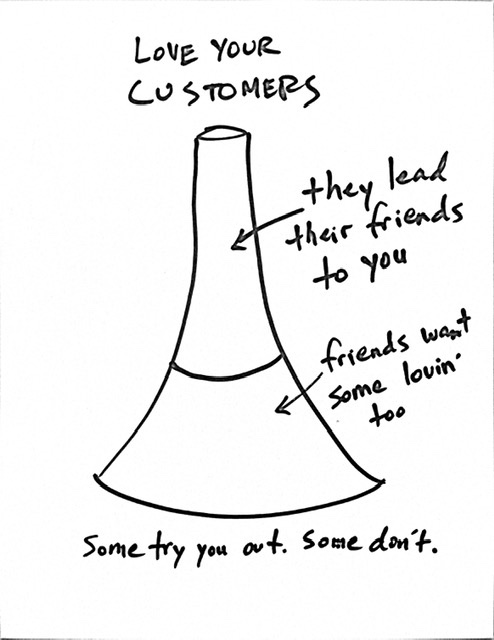(Part 1)
In his piece ‘Never-ending Niches‘, the writer Ben Thompson articulates in a new way some points we have discussed before in the context how the Internet has opened up exponential opportunities for people to build powerful micro-brands. In this post we look at one of these points.
So it was with the Internet and the trade-off between reach and time: suddenly every single media entity on earth, no matter how large or small, and no matter its medium of choice, could reach anyone instantly. To put it another way, reach went to infinity, and time went to zero…
… there were three strategies available to media companies looking to survive on the Internet. First, cater to Google. This meant a heavy emphasis on both speed and SEO, and an investment in anticipating and creating content to answer consumer questions. Or you could cater to Facebook, which meant a heavy emphasis on click-bait and human interest stories that had the potential of going viral. Both approaches, though, favored media entities with the best cost structures, not the best content, a particularly difficult road to travel given the massive amounts of content on the Internet created for free.
That left a single alternative: going around Google and Facebook and directly to users.
Old Media relies on paid social for reach and discovery. 21st Century Media relies on organic social. Old Media gamifies sharing on social and on dark forests. 21st Century Media is shared because it speaks directly to readers’ interests.
Put another way, Old Media optimises for reach and hopes that will create a relationship. 21st Century Media optimises for relationships because it knows that will create its own reach.
This reminds me strongly of the upside-down funnel that the cofounder of the email service Mailchimp described seven years ago:

What he describes is, in a nutshell, what drives independent publishers:
When you start a business, you don’t have a budget for marketing. You probably don’t have the time or talent for it, either. The only thing you’ve got is your passion. That damned, trouble-making passion that suckered you into starting your business in the first place. Take that passion and point it at your customers.
(Part 3 – a ‘Cambrian explosion’ of direct-to-consumer companies)
